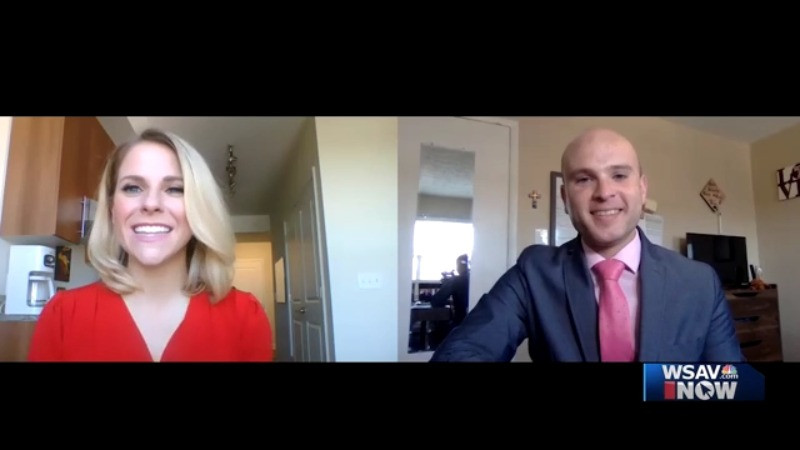Advertisement
With unlimited funds and thousands of paid workers, the former New York City mayor is staking out a new path to the White House.
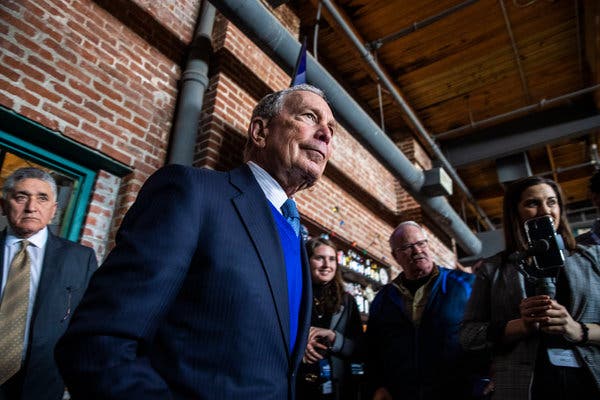
He has blanketed the airwaves with half a billion dollars in ads and paid social media influencers to spread his message to their millions of followers. He has hired more than 2,400 people to fuel his campaign, paying them premiums and outfitting them in sweatshirts and fanny packs bearing his name. He has opened more than 200 offices from Maine to California, with more than 100 in states that will participate in Tuesday’s coast-to-coast Democratic primaries.
Michael R. Bloomberg’s bid for the White House is most often understood through the zeros and superlatives needed to describe the scope and scale of his operation — and for good reason. Never before has a presidential campaign had the virtually limitless resources of a multibillionaire candidate who has said he will spend whatever it takes to defeat the incumbent president.
But behind the numbers is a robust organization that looks like nothing else in politics today, having grown so large so fast, with the goal of shattering fundamental assumptions about how a presidential candidate can win the nomination.
What other campaigns took more than a year to build, with visits to fish frys in Iowa and cable news studios, the Bloomberg campaign did over the three months from Thanksgiving to Presidents’ Day.
His staff members established a physical presence in states that typically see few, if any, visits from a presidential candidate. They deployed new artificial intelligence technology that allowed them to adjust his message in real time as issues like the coronavirus outbreak erupted. They tapped into the political networks of mayors in major cities like Houston and Memphis, who helped Mr. Bloomberg fill his rallies with prominent local politicians and pastors.
Their model was not a presidential primary but a general election. Under the direction of veterans from President Barack Obama’s campaign, Mr. Bloomberg’s team set out to replicate his “Department 270” strategy, which in 2012 focused on the battleground states that put Mr. Obama on track to win 332 electoral votes, far more than the 270 needed.
On Jan. 6, Mr. Bloomberg’s campaign had three employees in Massachusetts, working out of the Boston Public Library. Weeks later, that team has ballooned to 60 paid staff across six offices, giving Mr. Bloomberg the biggest presence of any presidential candidate in the state; former Vice President Joseph R. Biden Jr. has one office there, Senator Bernie Sanders four and Senator Elizabeth Warren, in her home state, two.
“Massachusetts is not really a place where people focus effort,” said Jordan Overstreet, Mr. Bloomberg’s state director there. “Because he got in so late, there’s almost kind of like a mystique.”
The behemoth conglomeration faces its biggest test on Tuesday, when Mr. Bloomberg’s name will be on the ballot for the first time in 14 states. If he does well, it will most likely embolden his critics — led by Mr. Sanders of Vermont, the populist Democratic front-runner — who believe that the 77-year-old, whose net worth is close to $60 billion, is “buying the election.”
If Mr. Bloomberg does poorly, his big bet will go down as a grandiose failure, and his opponents may clamber even more forcefully for him to redirect his resources toward them — something he has promised to do should he not succeed.
Seeking to persuade undecided voters, Mr. Bloomberg made his final campaign swing before Super Tuesday across the South over the last several days. On Friday, he visited three corners of Tennessee, boasting at a restaurant in Memphis that his campaign’s operations in the state stretched “from Beale Street to the Blue Ridge Mountains.”
Inside, the venue was filled with people who had come at the invitation of the mayor, Jim Strickland. Some said they had been invited personally by Mr. Strickland, a national co-chair of the campaign, and others said they had received a mass email from him. They included people who all had their own constituencies from city and state government, the clergy and local African-American groups — a potential repository of votes.
Brandon B. Porter, a pastor who was invited backstage before the event, said that when he was first approached by a member of the campaign a few weeks ago, his message was that a good network of local political support wasn’t going to be enough. “He has to come to Memphis,” Mr. Porter, a supporter of Mr. Strickland, told the campaign. Though still undecided, Mr. Porter said that after meeting Mr. Bloomberg and hearing him speak, he was impressed.
“He’s working it with the commercials,” Mr. Porter said. “But being able to hear from someone in person in moments of challenge is to see how someone works under pressure.”
At that moment, the stock market was dropping sharply on its way toward ending its worst week since the 2008 financial crisis. Inside Bloomberg headquarters in Manhattan, a team of strategists was analyzing the data from a new artificial intelligence program intended to give the campaign real-time feedback on trending political issues. The coronavirus and its impact on the economy were popping.
The program, developed by an entity inside Mr. Bloomberg’s media empire called Hawkfish, transcribes voice mail messages left at a phone number he has advertised on billboards across America that say “Call Mike.” It scans those messages and pulls out the most common words and phrases, with the goal of helping the campaign sharpen its pitch to voters. Since the program was introduced last week, 70,000 people have either called or texted, the campaign said.
The calls that came in on the coronavirus proved especially useful as Mr. Bloomberg made a last-minute strategic move over the weekend. In between stops in Virginia and North Carolina on Saturday, Mr. Bloomberg stopped to record a three-minute commercial in which he spoke directly to the camera about his experience handling public health scares and other crises as mayor of New York. He spent an hour reviewing messages about the virus as he thought about what to say, said Lincoln Brown, who is overseeing the program.
Unlike a focus group or numbers from a poll, Mr. Brown said, a wide variety of responses from many people can help humanize an issue. “It’s the difference between reading a bunch of data, bar charts, regression analysis, and talking to the people who make up the data in those bar charts,” he said.
These voices supplement what canvassers from Mr. Bloomberg’s field operation are hearing around the country.
As of last week — with Mr. Bloomberg crisscrossing the country and legions of staff members and surrogates circulating — the campaign estimated its representatives had more than 10 million conversations with voters since the start of the year.
The campaign’s field workers hit the ground running. The staff of Mr. Bloomberg’s suburban Washington field office, in Arlington, Va., got the keys to their new work space — a former bank — at 4:30 in the afternoon on a Wednesday in mid-January. By noon the next day, Mr. Bloomberg had arrived for a get-out-the-vote phone event and found the place freshly painted, with a mural of Arlington’s skyline and flags hanging vertically over the holes in the walls where A.T.M.s had been.
Now, not two months later, Mr. Bloomberg’s paid staff in Virginia has swelled to 80, with the Arlington office serving as one of seven hubs for the campaign’s work in the state.
“It’s like an army that’s going across America and rolling out office after office,” said Abigail Spangler, a gun reform advocate in Virginia and a co-chair of Mr. Bloomberg’s campaign in the state. “They are the most efficient, coordinated people.”
But with the South Carolina primary over and the efforts of the remaining candidates in the race focused on Super Tuesday states, Mr. Bloomberg no longer has the field to himself.
Gail Repensek, who picked up a yard sign at the Lowell, Mass., field office on Saturday, along with a list of 100 voters to call, believes Mr. Bloomberg’s candidacy has benefited from quiet early planning before he officially entered the race. “He’s built his campaign quickly in terms of you seeing it,” she said, seemingly skeptical that something so big could have been built so quickly. “But he’s been working on this, I’m sure, way behind the scenes — and months and months ago.”
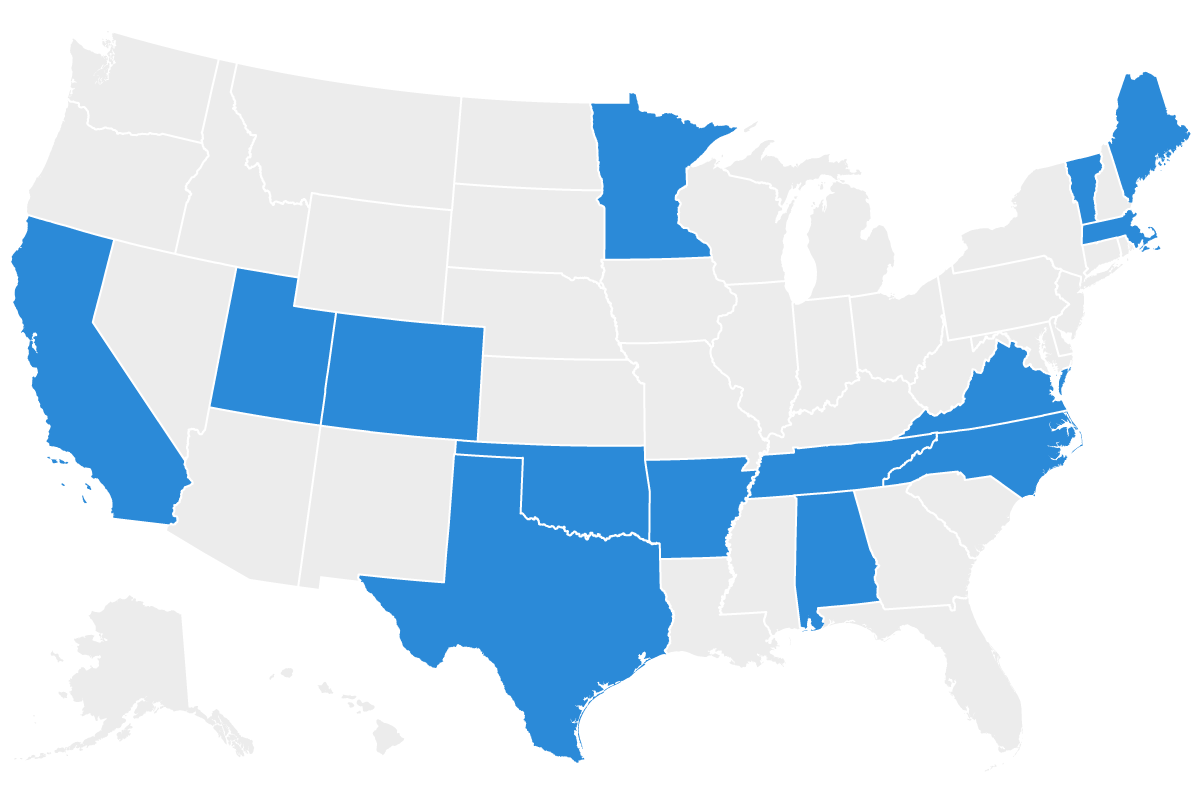
Calif.
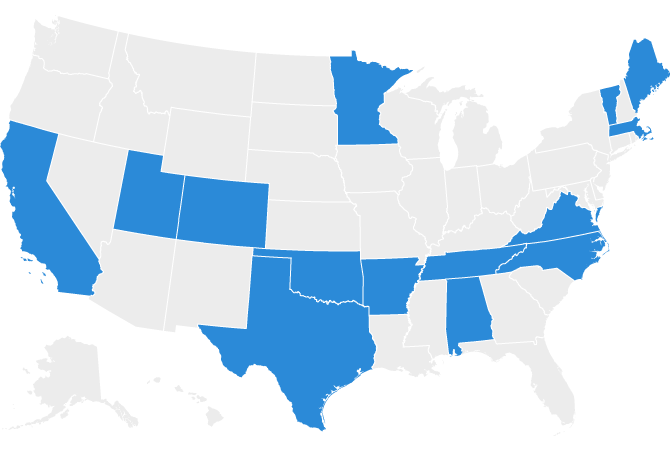
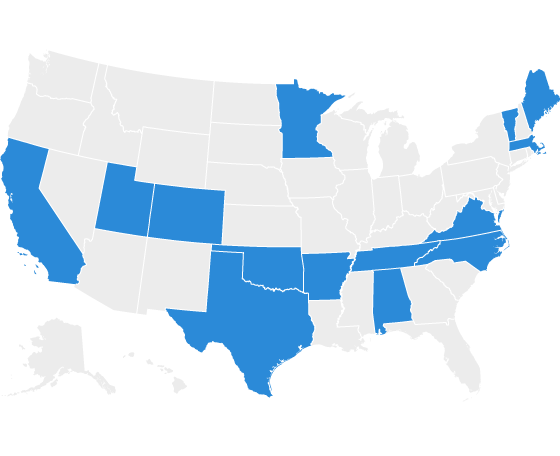
Dan Kanninen, who oversees the campaign’s state operations from New York, said that working on Mr. Obama’s two presidential campaigns was also a learning experience of trial and error — the key difference being that you could teach field staff members over an entire summer and fall. He said that he recalled one event in Texas in the early days of Mr. Bloomberg’s campaign where only two people showed up.
Two weeks later, at an event in North Carolina where Mr. Bloomberg spoke, 200 came, Mr. Kanninen added. “That was the first time I said, ‘This is real.’”
Mr. Bloomberg’s strategy of saturation is not without risk. There are those who find him unappealing and are tired of seeing him on their screens and of answering the volunteers who come knocking at their doors.
But in one sense, at least, his campaign is less irritating than those of his rivals.
Erich Mettler, who works in renewable energy and volunteered for a phone bank in Brookline, Mass., over the weekend, said he’d been won over when he saw how much effort Mr. Bloomberg was expending.
“I know effort is sometimes viewed as money, but I don’t believe he’s buying his campaign,” Mr. Mettler said, calling Mr. Bloomberg’s text messages “far more inviting.”
The reason, according to Mr. Mettler: He never asks for donations.
-
- Bernie Sanders is the front-runner, Joe Biden has a second wind, and Elizabeth Warren and Michael Bloomberg are in the mix. Follow live.
-
- Today is the most important day on the primary calendar, with about a third of the available delegates up for grabs. Here’s what you need to know.
-
- Learn more about the Democratic presidential contenders.
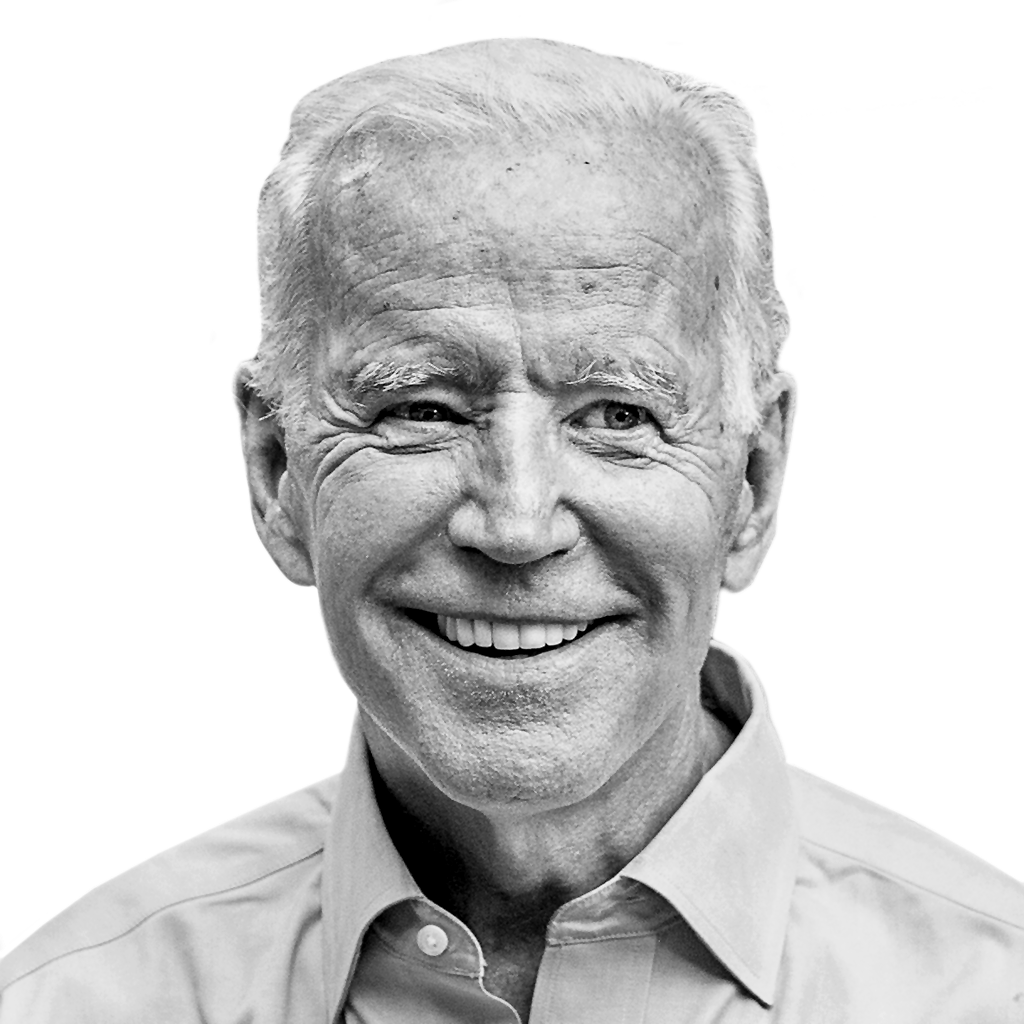
Joe Biden
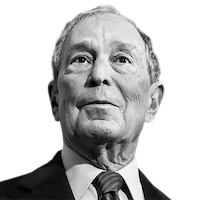
Michael Bloomberg

Tulsi Gabbard
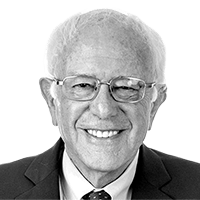
Bernie Sanders
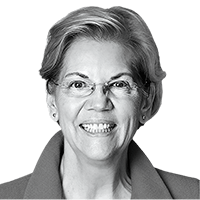
Elizabeth Warren
-




